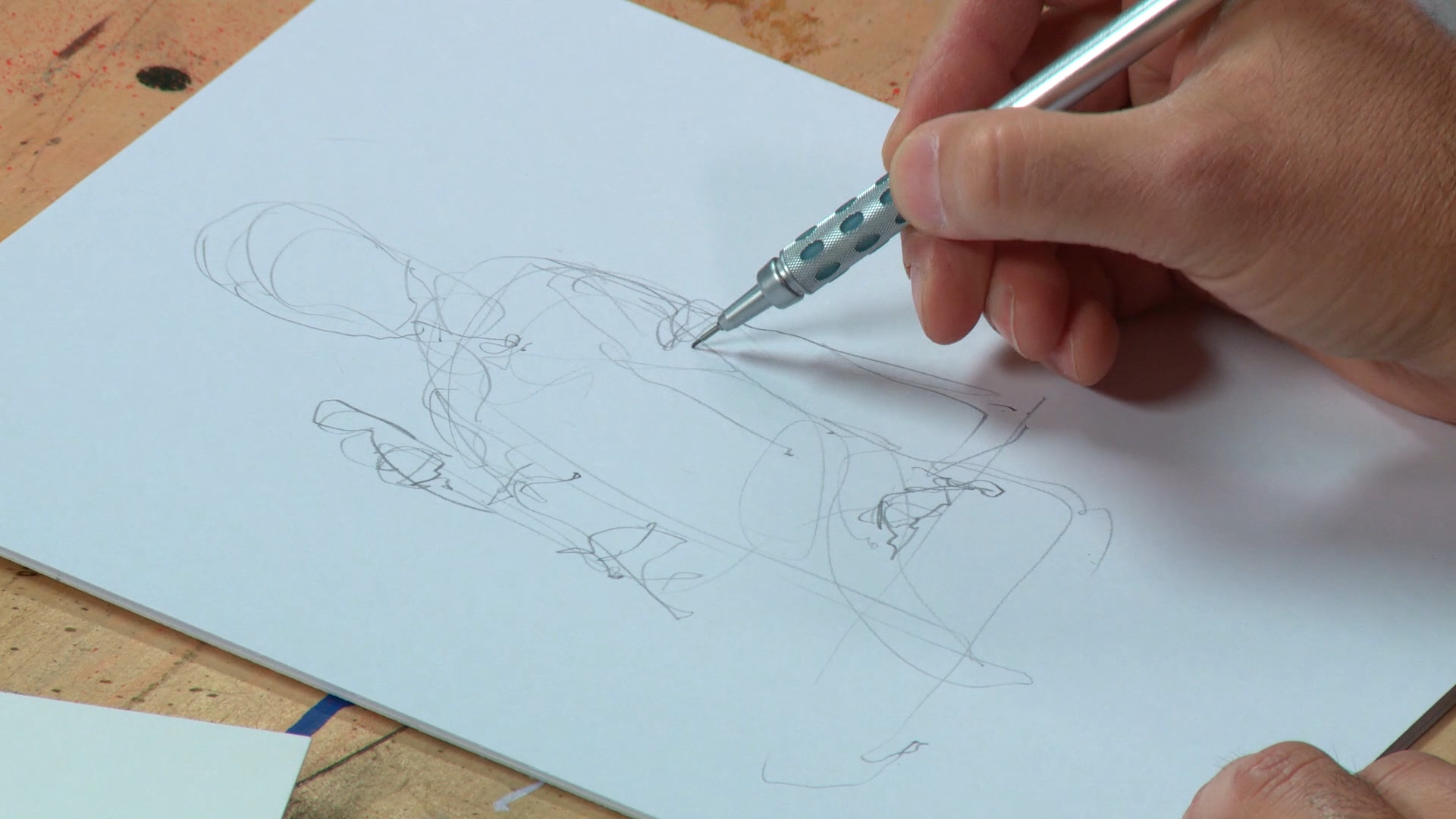
What is gesture drawing? Gesture drawing is a fundamental technique in art that focuses on capturing the movement, energy, and overall form of a subject. Using quick, loose strokes, artists aim to portray the essence of their subject rather than creating a detailed, realistic representation. This article will guide you through the basics of gesture drawing with pencils, providing tips and exercises to enhance your gesture drawing practice.
What is the purpose of gesture drawing?
Gesture drawing is a warm-up exercise often used to improve observation skills, hand-eye coordination, and ability to capture movement. By focusing on the overall shape and flow of a subject, you can develop a stronger sense of proportion and composition.
To get started, you will need some basic materials:
Pencils: A variety of pencils, including soft (B) and hard (H) leads, can be used for gesture drawing. Experiment with different pencils to find your preference.
Sketchbook: A sketchbook with smooth paper is ideal for capturing quick, fluid strokes.
Timer: A timer or stopwatch is helpful for setting time limits during your practice sessions.
The 4 Basic Techniques of Gesture Drawing
1. Observation: Carefully observe your subject, noting its overall shape, posture, and movement.
2. Quick Strokes: Use loose, flowing lines to capture the essence of the subject. Don’t worry about details or perfection.
3. Time Limits: Set short time limits (e.g., 30 seconds, 1 minute) to encourage quick thinking and spontaneous drawing.
4. Variety of Poses: Practice drawing subjects in various poses, from dynamic actions to relaxed postures.
Tips for Improving Your Gesture Drawing
Focus on Movement: Emphasize the direction and energy of the subject’s movement in your strokes.
Simplify Shapes: Break down complex forms into simpler shapes to capture the overall structure.
Experiment with Line Weight: Vary the thickness of your lines to create a sense of depth and dimension.
Practice Regularly: Consistent practice is key to improving your gesture drawing skills.
Gesture Drawing Exercises to Try
1. Quick Poses: Set a timer for 30 seconds and draw as many poses as possible.
2. Continuous Lines: Draw a subject without lifting your pencil from the paper.
3. Mirror Drawing: Draw a subject while looking in a mirror to challenge your observation skills.
4. Blind Contoured Drawing: Place your hand over the subject and draw its outline without looking at the paper.
Gesture drawing is a valuable tool for artists of all levels. By practicing regularly and experimenting with different techniques, you can develop your ability to capture movement, energy, and form in your artwork. Remember, the goal is not to create a finished piece but to improve your observational skills and develop a stronger foundation for your artistic practice.
I forgot about mirror drawing!
Great very easy to follow.
Very useful, thank you!